Future Manager Italy Insights
Author: Future Manager Research Center
Not every hiring process is successful. I discussed the most common and the most costly recruitment mistakes in the previous article: “Recruitment mistakes: 6 costly shortcomings“
As a reminder, the six most common and costly recruitment errors:
- Incorrectly prepared job description
- A job advertisement inconsistent with the job description
- Using incorrect questions during an interview
- Not selling a job offer
- Too long hiring process
- Lack of feedback to candidates
Hiring mistakes appear at various stages of the process and may have multiple consequences. The first three of the errors mentioned above carry a particular risk of hiring the wrong candidate. Such bad hiring may be costly for the employer.
Bad hire results in the employment of an employee who does not meet the job position’s requirements. Bad hire may, therefore, generate the following costs:
The cost of the first and subsequent hiring process
The hiring process requires an investment of work and money. An employer needs time to prepare and conduct the recruitment process, a budget to source candidates through job advertisements, direct search, or use the services of a recruitment company.
If the above investment results in the employment of the wrong candidate, the return on the investment will be negative. Bad investments bring losses, and it is no different in the case of hiring processes. The size of possible losses of bad hiring depends primarily on whether:
- despite the employment of an inappropriate candidate, the employer may or may not use his/her potential,
- the hiring process has provided a pool of candidates, of which there is a chance to hire another candidate who meets the employer’s requirements, the
- service of the recruitment company – if used by the employer – is covered by the guarantee.
Regardless of the above circumstances, if it is necessary to conduct the recruitment process again, the employer shall bear the cost of this process at least twice. Firstly, the cost of the first bad hire, secondly, the cost of the second hiring process necessary to find an appropriate candidate.
The cost of the first and second employee onboarding
The onboarding process follows the hiring process. Depending on the job position, the onboarding process may take various forms. It can be a 30 minutes long welcome meeting with the team or a several-month-long transition process of a complex project.
The onboarding process uses the employer’s resources. Specifically, other employees invest their time to help a new employee get started and feel comfortable with his responsibilities—the more time needed to onboard a new employee, the higher employer’s investment.
To sum it up, a bad hire results in onboarding an unfit employee and dismissing him/her later. In such a case, an employer is forced to run a hiring process again and onboard a new employee. The employer will therefore carry out the onboarding process twice, and therefore will incur double the cost.
The cost of firing an employee
Firing an employee may also be costly. Parting with an employee may – but does not have to – lower team morale and undermine confidence in the decisions made by the employer. It is difficult to estimate the financial cost of a team’s motivation swings, but such swings are undoubtedly undesirable.
The cost of delays or failure to complete tasks
Depending on the type of job, a bad hire may lead to delays in projects and tasks. Missing hands to work, whether at a sawmill cutting machine or at a corporation desk, can cause delays, the scale and consequences of which will vary from job to job.
It is not difficult to imagine a situation in which the timely delivery of the service is secured with financial penalties. The shortage of staff may lead to delays in the provision of this service and specific financial consequences.
The cost of losing know-how and customers
In rare cases, it may also happen that the fired employee uses confidential data obtained from the employer. Unfortunately, it is not uncommon to use the customer database or leave the company with other employees to start a competitive activity.
Are there other costs?
The above list certainly does not include all possible costs that may arise due to a bad hire. However, these are the most common costs, in my opinion. It is worth noting that some of the costs presented may also appear when the hiring was carried out in an exemplary manner, and the employer parted ways with an excellent employee with many years of service. Certainly, however, in the case of a bad hire, the risks are much higher.
How to avoid costly mistakes? Once again, I encourage you to read the article: Costly recruitment mistakes
What tools help hire effectively? Meet Element, a user-friendly and efficient applicant tracking system (ATS) that will save the time necessary to plan and carry out the recruitment process properly.
